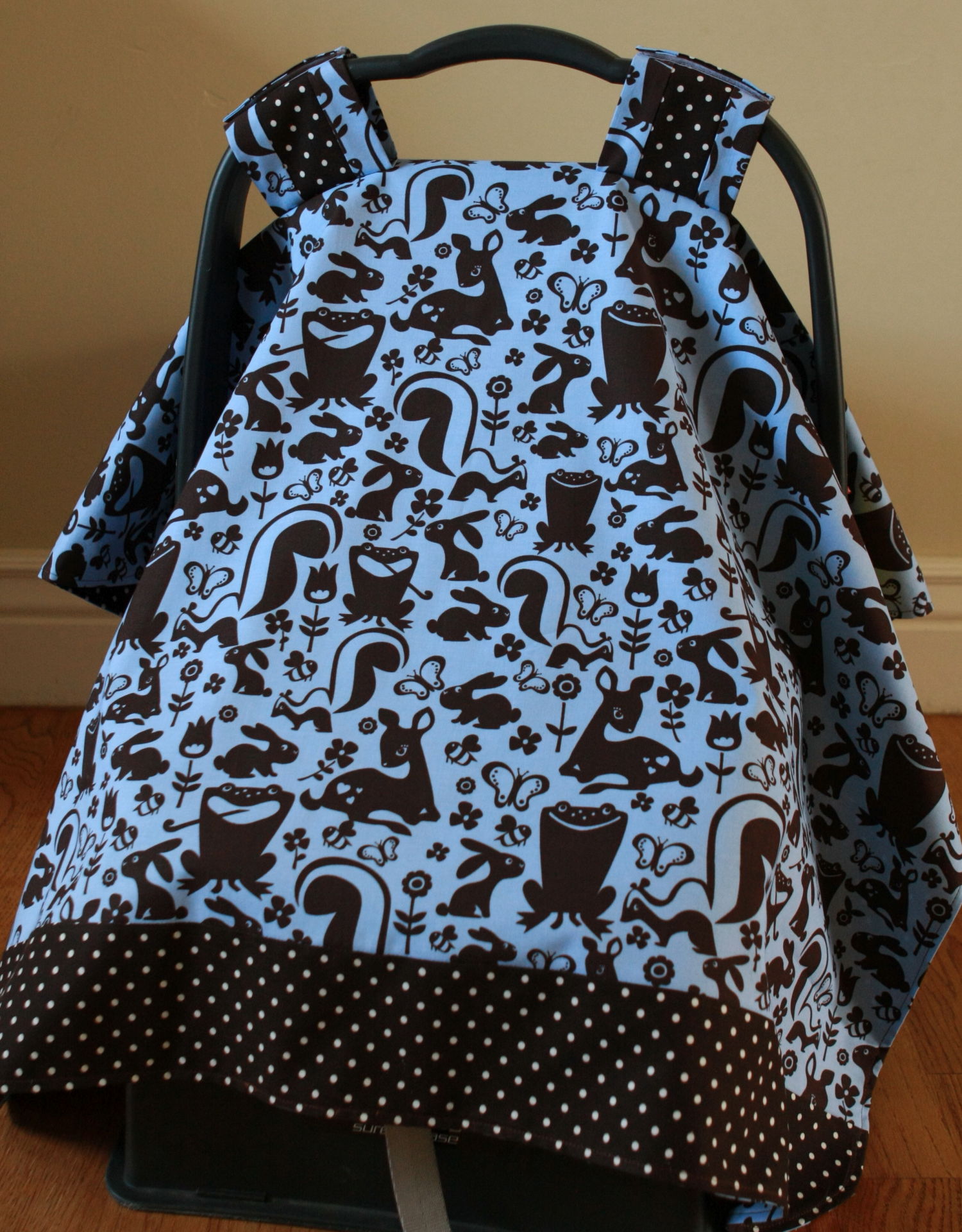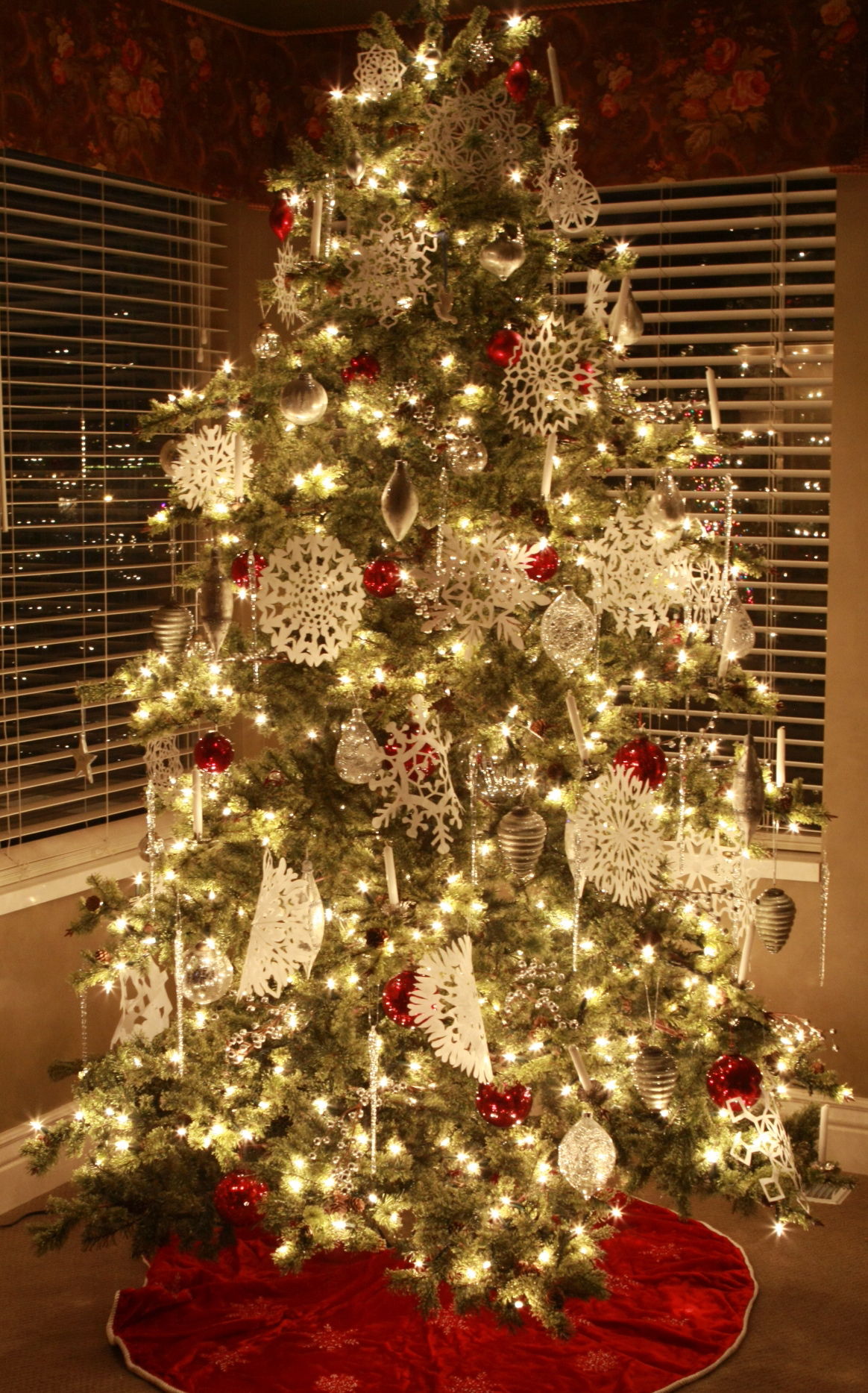Baby Car Seat Cover Tutorial

This car seat cover was a quick, fun project for me. It makes a perfect gift for a new baby. Mine is for my new baby nephew, Isaac. A cover is wonderful for keeping a baby asleep, warm and safe…

This car seat cover was a quick, fun project for me. It makes a perfect gift for a new baby. Mine is for my new baby nephew, Isaac. A cover is wonderful for keeping a baby asleep, warm and safe…

When my parents-in-law were newly married and both in school, they faced decorating their Christmas tree with no money to buy ornaments. The solution came from what they, as young students had in abundance… white typewriter paper. They folded and…